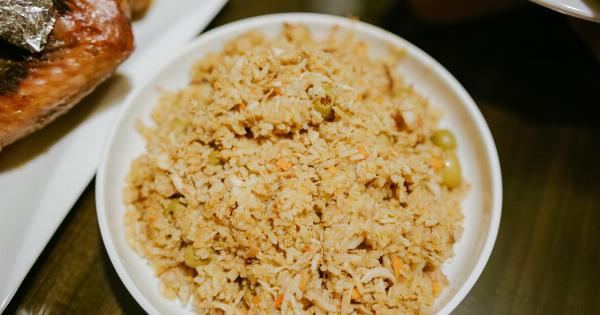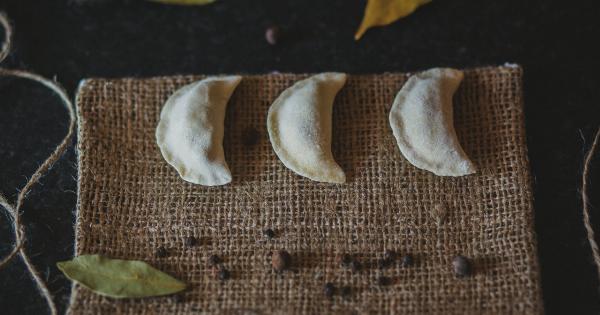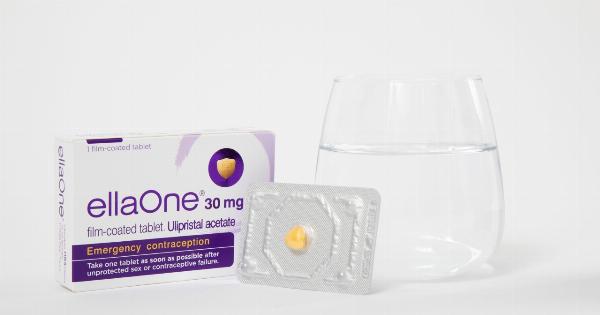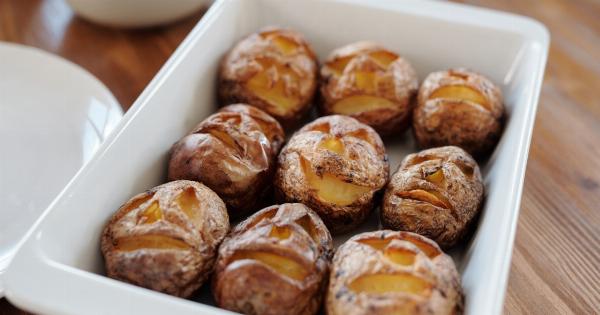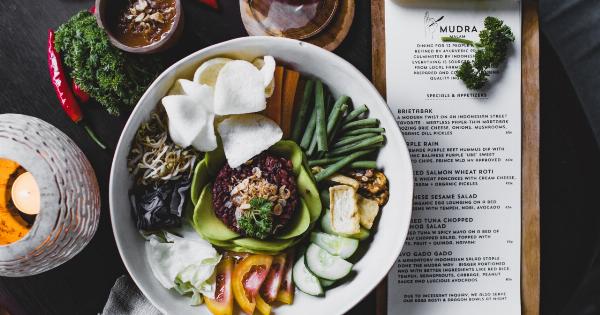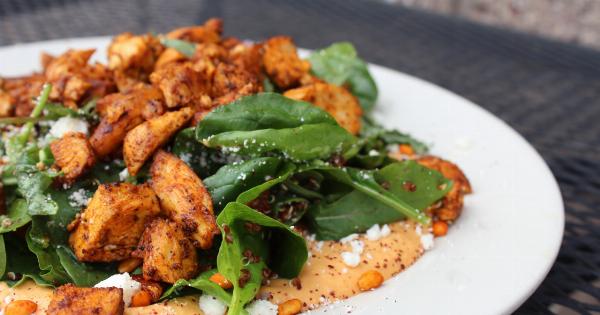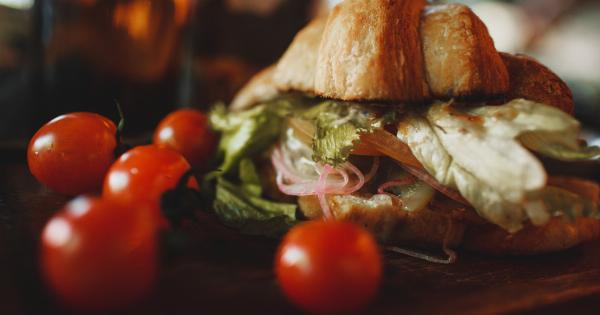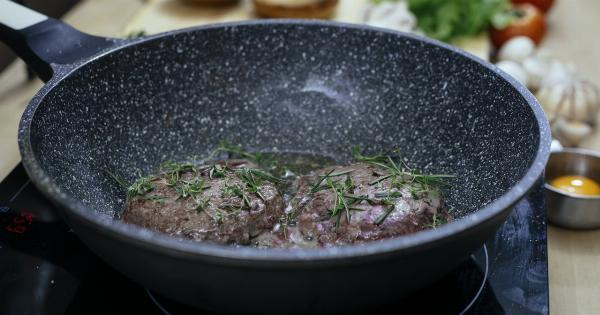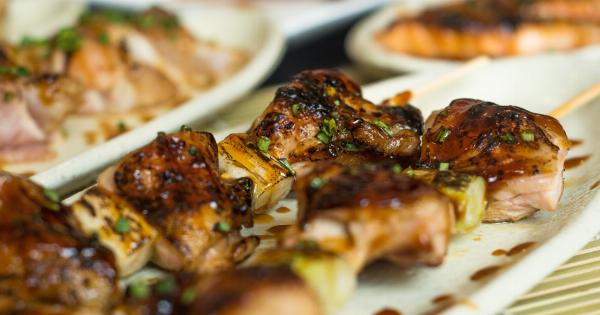Japanese bento boxes have long been heralded for their creativity, practicality, and nutritional value. Bento art, however, takes this humble meal to a whole new level.
With bento art, food is transformed into a vibrant and visually stunning work of art that is both healthy and beautiful to behold.
What is Bento Art?
Bento art is a form of Japanese food art that involves creating visually appealing, intricately designed meals within a bento box. Typically, the food is arranged in such a way that it resembles a specific object, character, or scene.
These designs can range from simple patterns to incredible, detailed masterpieces that take hours to create.
At its core, bento art is an expression of creativity and a celebration of food. It incorporates a wide range of ingredients, colors, and flavors to create a meal that is not only delicious, but also visually appealing.
The Benefits of Bento Art
Beyond its aesthetic appeal, bento art has a number of health benefits. By using a variety of fresh, colorful ingredients, bento art helps to ensure that you are getting a balanced, nutrient-rich meal.
Additionally, the process of creating bento art can help to develop fine motor skills, dexterity, and hand-eye coordination, making it a great activity for both children and adults.
In Japan, bento boxes are often packed for school lunches or work meals, making it an easy and convenient way to ensure that you are getting a healthy and satisfying meal on the go.
Bento art takes this a step further by making the meal not only nutritious, but also visually stimulating and enjoyable.
How to Get Started with Bento Art
If you are interested in trying your hand at bento art, there are a few key steps to get started:.
1. Invest in High-Quality Bento Boxes and Accessories
The first step to creating beautiful bento art is to invest in high-quality bento boxes and accessories. These can be found at most Japanese stores or online retailers. Look for boxes with adjustable compartments and secure lids to prevent spillage.
A range of small silicone molds, cutters, and shaping tools can also be used to create intricate designs.
2. Plan Out Your Design
Before you start assembling your bento box, sketch out your design on paper. This will help you visualize the finished product and ensure that you have all of the necessary ingredients and tools on hand.
You can choose to create a simple pattern or a more elaborate scene. The possibilities are endless!.
3. Select Ingredients with Color and Texture in Mind
The key to beautiful bento art is a variety of colors and textures. Choose fresh, nutrient-dense ingredients such as colorful vegetables, fresh fruits, lean protein, and whole grains.
Cut ingredients into different shapes and sizes to add variety and texture.
4. Assemble Your Bento Box
Once you have all of your ingredients and accessories ready, it’s time to start assembling your bento box. Begin by adding a base layer of rice or noodles, then layer on ingredients, creating different shapes and patterns.
Be sure to leave enough room for each ingredient to be properly showcased.
5. Add Final Touches
Finally, add any final touches to your bento art, such as small decorative accents or edible garnishes. These can include anything from small carved vegetables to decorative flowers made from sliced fruits.
Conclusion
Bento art is a fun and creative way to enjoy a healthful, satisfying meal that is as beautiful as it is nutritious. With a little practice and patience, anyone can create stunning bento art that is sure to impress.
So why not give it a try and see what delicious designs you can come up with?.


